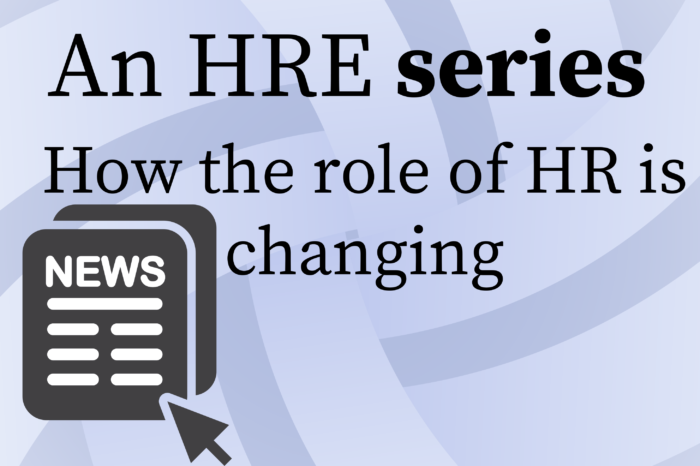During this Thanksgiving week, words of gratitude are ubiquitous, including from employers seeking to mark the occasion by showing appreciation to their workers. But in a year wrought with emotional and financial ups and downs for most employees, business leaders shouldn’t confine their demonstrations of gratitude to just the holiday season.
That’s according to Shane Metcalf, chief culture officer at 15Five, a performance management software firm. Rising COVID-19 cases, concerns over more shutdowns, the recent presidential election uncertainty and more have made it hard for employees to stay “positive, motivated and engaged” this year, he says. Engagement levels have waxed and waned in 2020, he notes, but even in the best of times, only about one-third of the workforce is truly engaged in their work, a figure that could be improved by ongoing–and genuine–recognition from their employer.
Employers should seek to build a “culture of gratitude and appreciation” year-round, he says. At 15Five, the organization has sought to do that in a number of ways.
Every Monday, an all-hands meeting begins with five minutes in which employees reflect on what they’re grateful for, writing down their thoughts through a Zoom or Slack chat. Responses run the gamut, Metcalf says, including everything from family and mentors to indoor plumbing or democracy.
“Gratitude is a habit, and you can make it a company habit,” he says.
Another habit the organization has spearheaded is “high fives.” Before the weekend, all employees are encouraged to send these virtual notes of thanks to colleagues who went the extra mile that week, which are publicly posted.
“Throughout the week, but especially on Friday, there are hundreds, if not thousands, of high fives flying around the company,” Metcalf says. “If I want an extra dose of dopamine, I just go to the high five feed and read all the awesome things people are saying to each other.”
Finally, 15Five takes a broad view of professional development. The organization actively invests in building employee competencies and skills, even if they don’t have any business value to the organization.
Click HERE to take HRE’s survey, What’s Keeping HR Up at Night?
“We want people to leave our company as a better version of themselves, and since we’re dynamic creatures by nature, if we become better at something in our personal lives because of our careers, gratitude is a natural response,” he says. “Give your people more than you take from them.”
Considering that the majority of workforces are still remote, the design of year-round gratitude and recognition programs must be even more intentional than on-site efforts.
“It’s important to make it as authentic as possible,” Metcalf says. Virtual programs are already at a disadvantage, as body language and other cues are missing; and if they’re not genuine, employees’ “BS detectors” will go off, he says.
“We need to make sure our gestures of gratitude are coming from our hearts,” he says.



